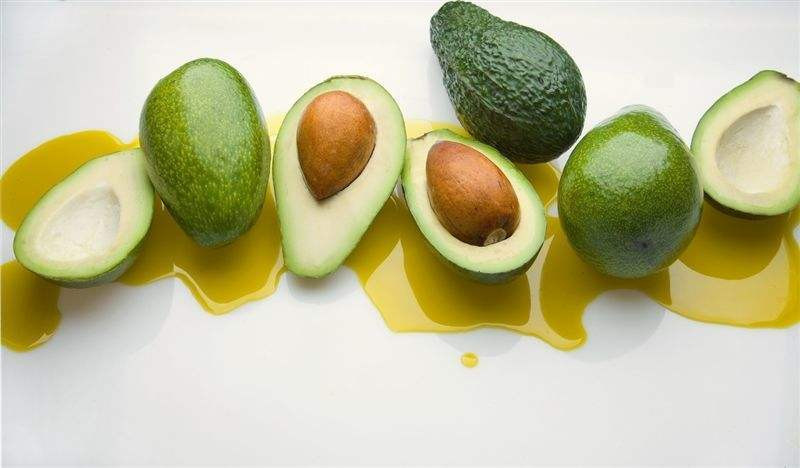Method of extracting avocado oil

Avocado avocado is an evergreen plant of Lauraceae avocado, commonly known as "avocado". In addition, avocado is also known as avocado, cassava and so on.
Because "avocado" can more accurately express its flesh rich in fat, yellow color, taste like butter, soft like cheese and so on, so "avocado" is widely used in the market.
In addition to eating, avocado is also a natural ingredient for high quality cosmetics. The United States used avocado oil in cosmetics very early, there are more than 240 kinds of cosmetics in the world contain avocado oil. Extraction of avocado by mechanical drying technology.
The reason is that avocado oil is a kind of non-drying oil, non-irritating, good transdermal absorption effect, mild effect on the skin and other characteristics make avocado oil used in cosmetology in view of the important use of avocado fruit, and there are few reports on the chemical constituents of avocado oil, using two methods of extracting oil (supercritical CO2 extraction). Extraction method and ultrasonic-assisted ether extraction method, and GC-MS were used to analyze and compare the chemical constituents of the flesh oil of avocado obtained by the two methods, providing a theoretical reference for further development and utilization of avocado.
A total of 66 compounds were identified from avocado oil. Among them, aldehydes, oils, squalene, vitamin E, cetacrol and caffeine may play an important role in maintaining the flavor of avocado, exerting their physiological functions and beautifying the skin. They are the important basis of avocado.
Among the 66 compounds identified, except (Z) - 2 - decenoaldehyde, trans - 2 - octenaldehyde, nonanal, (Z) - 2 - decenoaldehyde and trioleic acid glycerol ester are the common components of the two extraction methods. The remaining 30 compounds were obtained by supercritical CO2 extraction, including aldehydes (10), alcohols and acids (4 each), esters (3), hydrocarbons (3) and oxides (1), ketones (2), heterocycles (2) and alkaloids (1), and 31 compounds were mainly obtained by ultrasonic extraction with ether. Aldehydes (3), alcohols (3), esters (9), hydrocarbons (13) (including 6 terpenes), heterocycles (2) and bromoalkanes (1).
It can be seen that different extraction methods have a significant impact on the analysis results of the chemical constituents of avocado oil. In the experiment, supercritical CO2 extraction mainly focuses on the extraction of aldehydes, alcohols, ketones and acids, while ultrasonic-assisted ether extraction method extracts more aldehydes, esters and hydrocarbons.
Therefore, the analysis of the chemical constituents of avocado oil is limited to one extraction method which is not comprehensive. In order to study the chemical constituents of avocado oil thoroughly, two extraction methods were used.